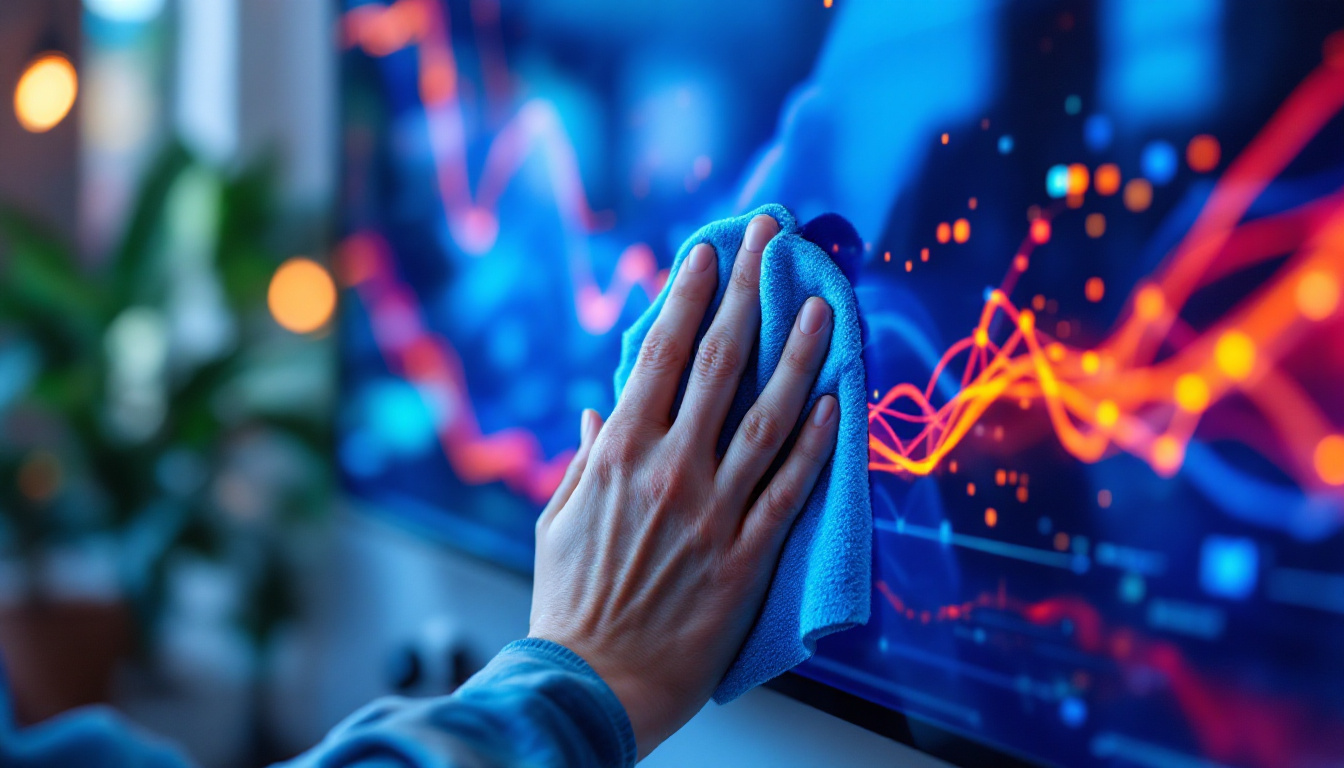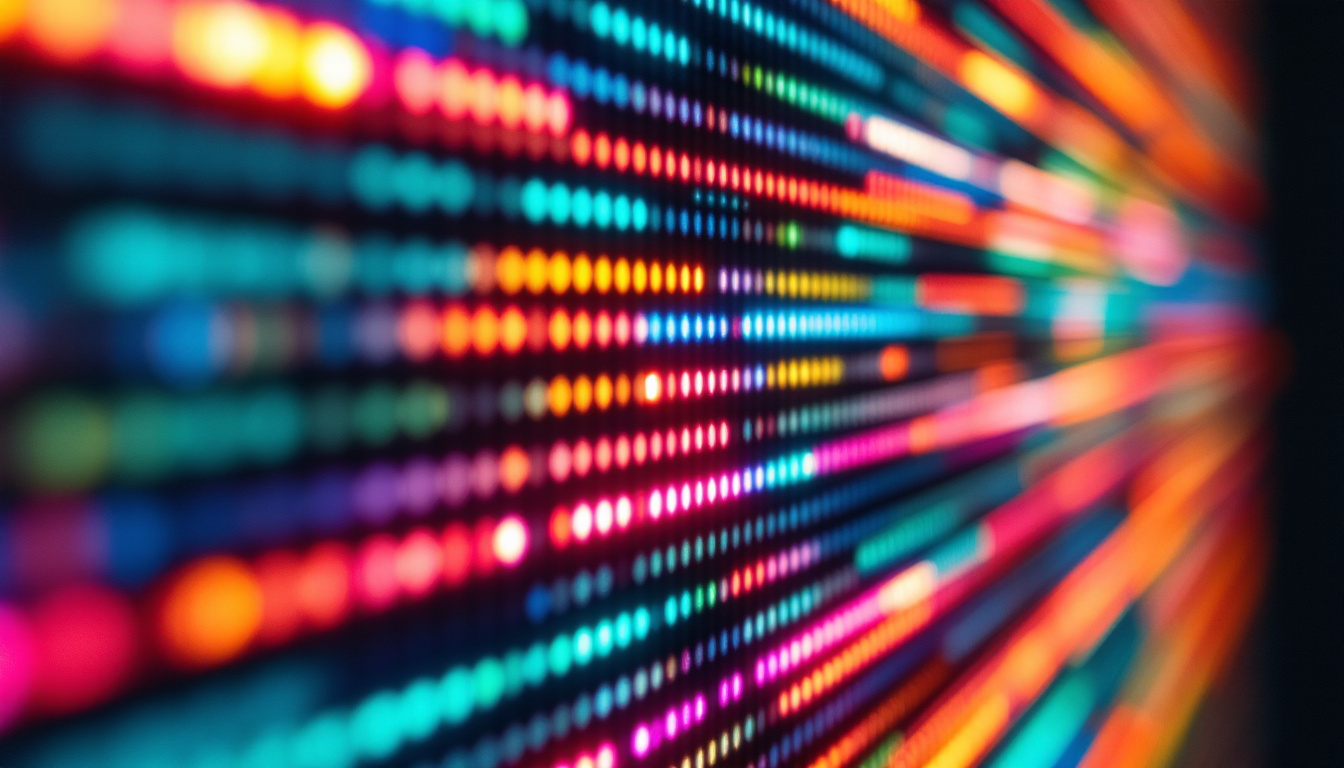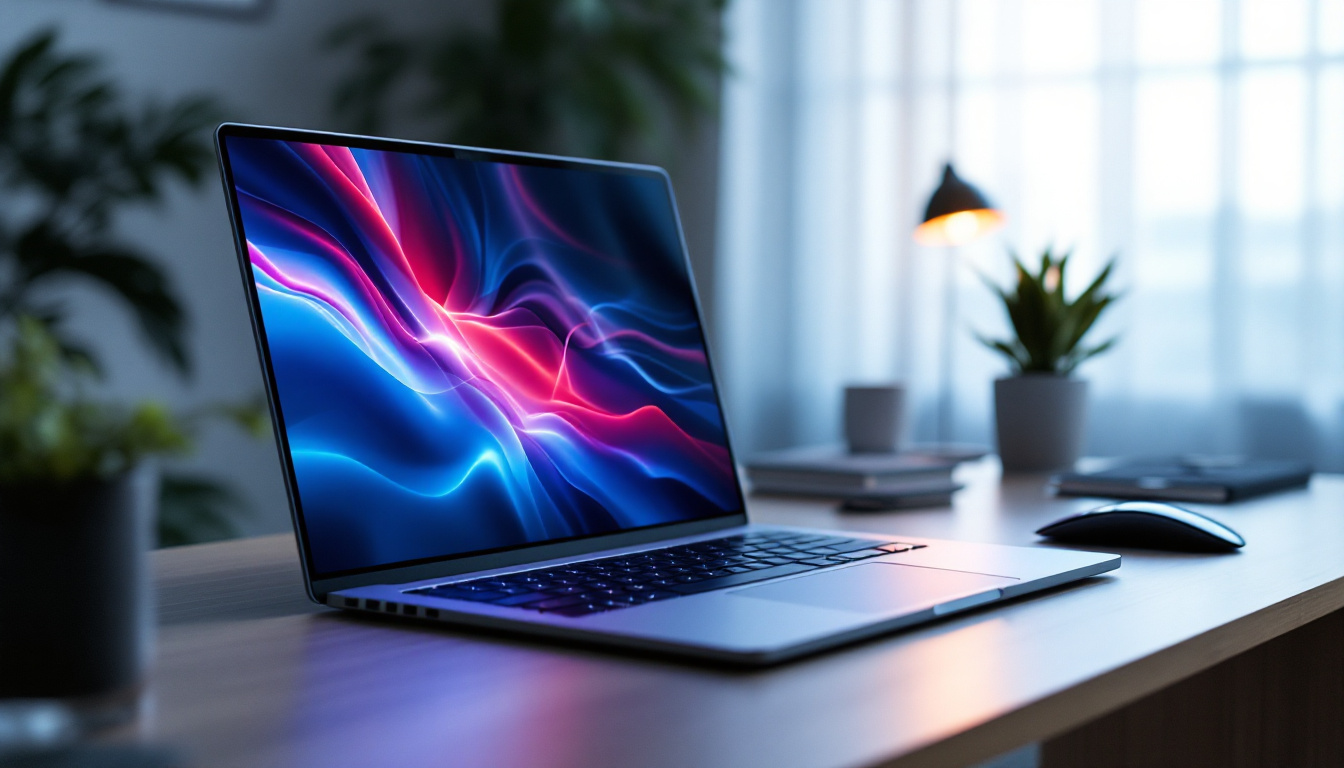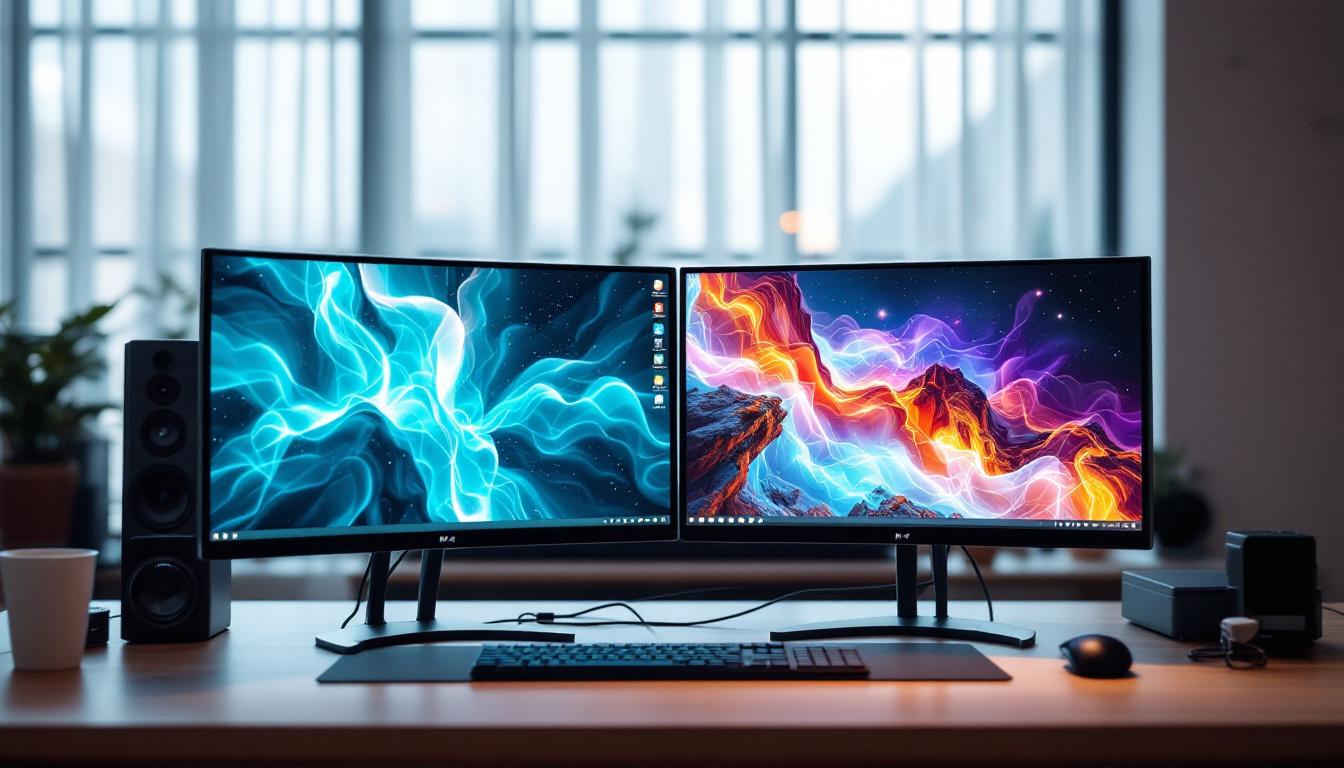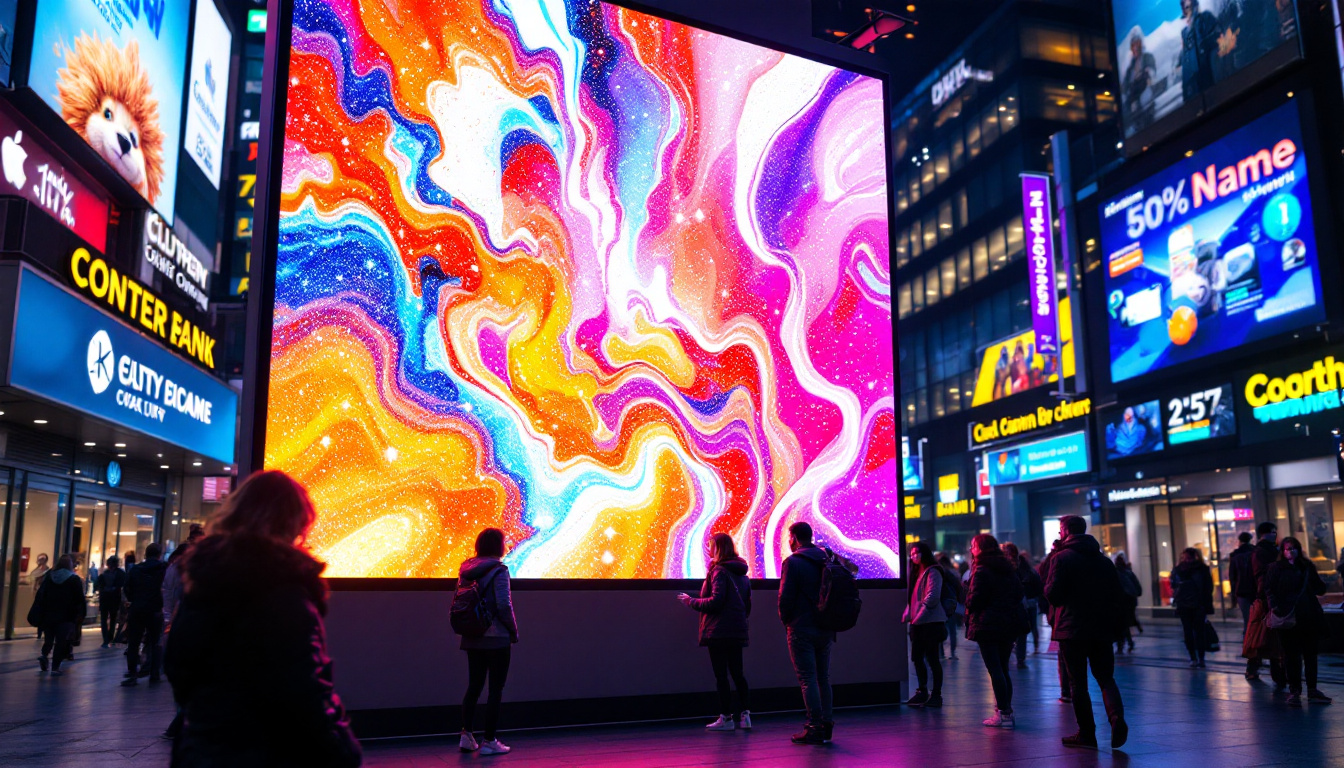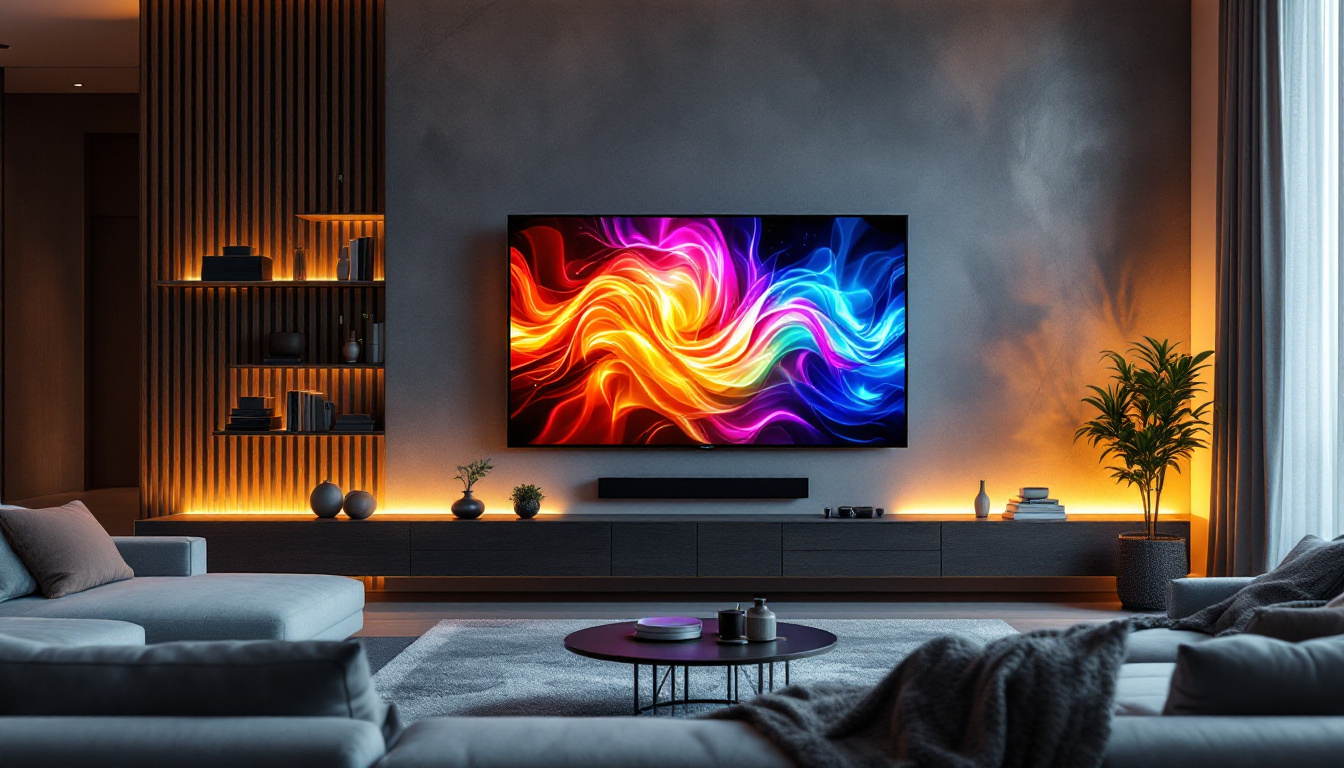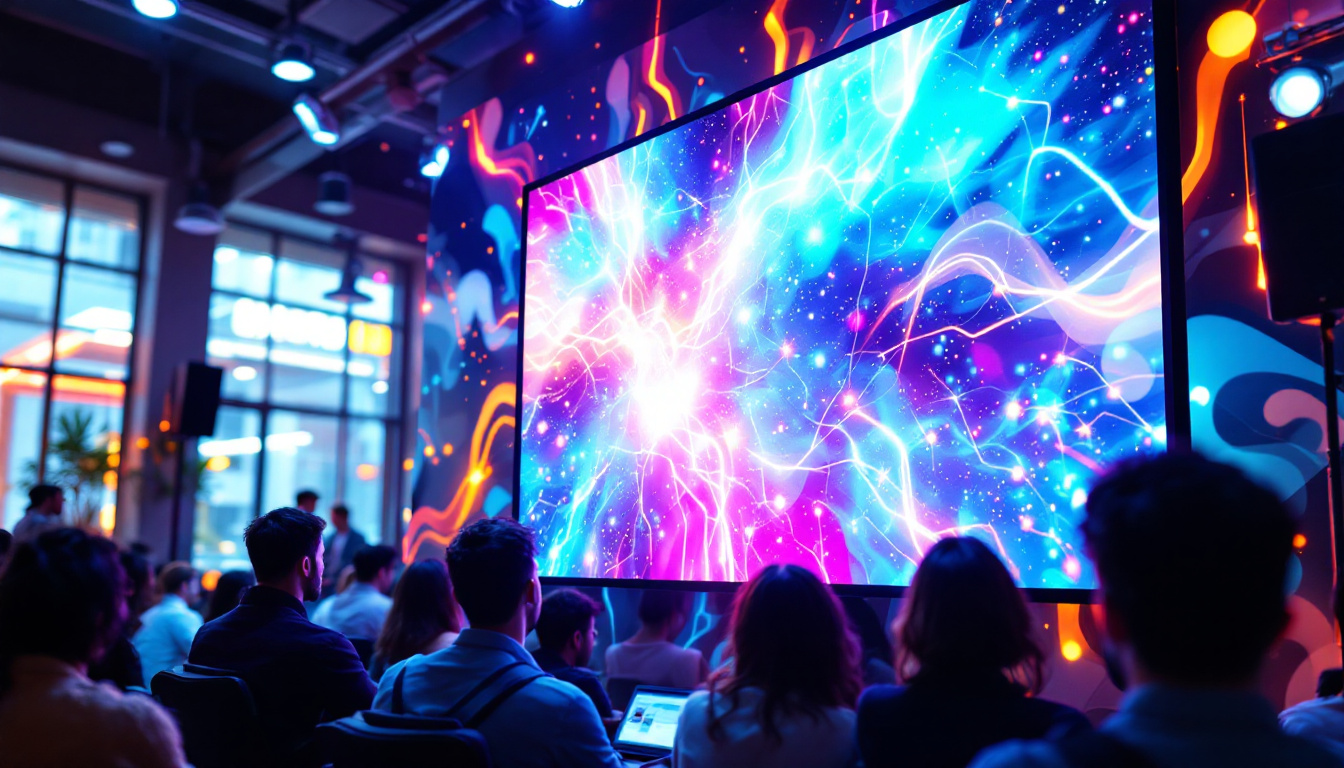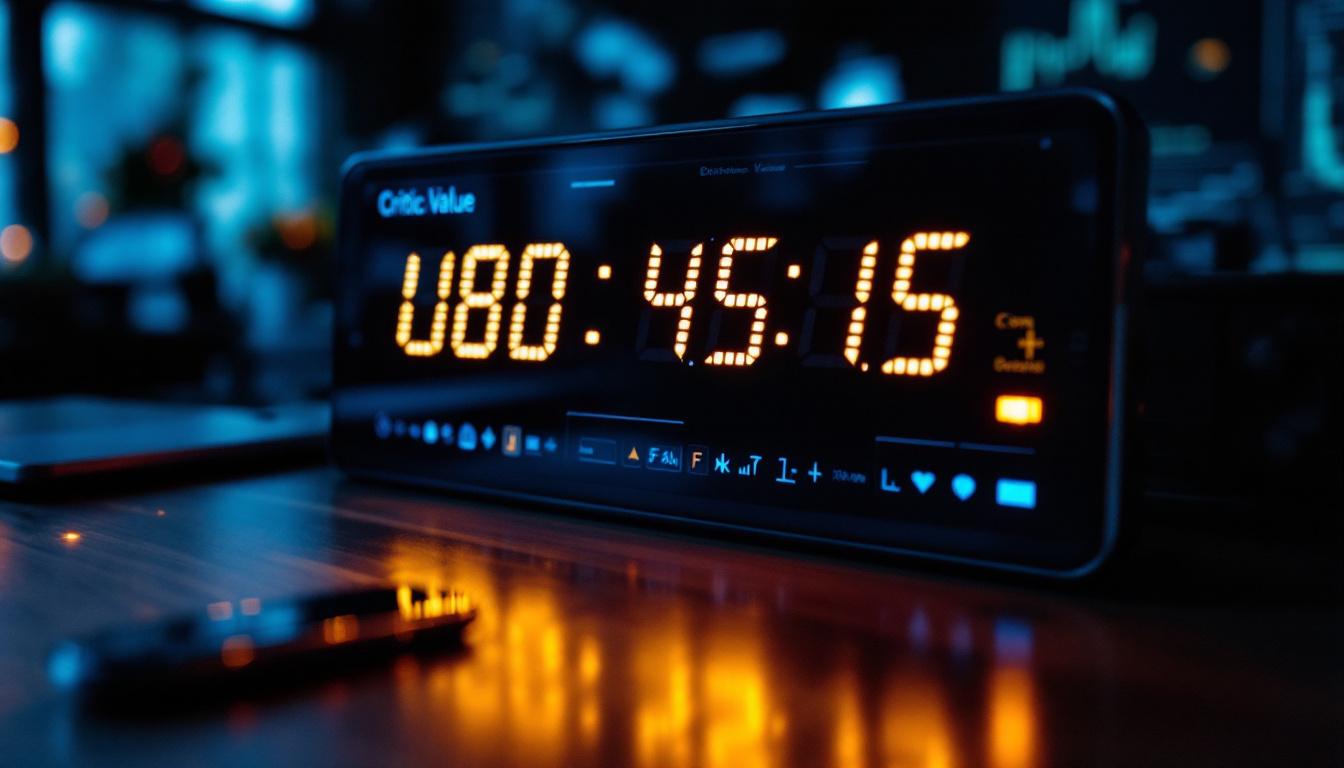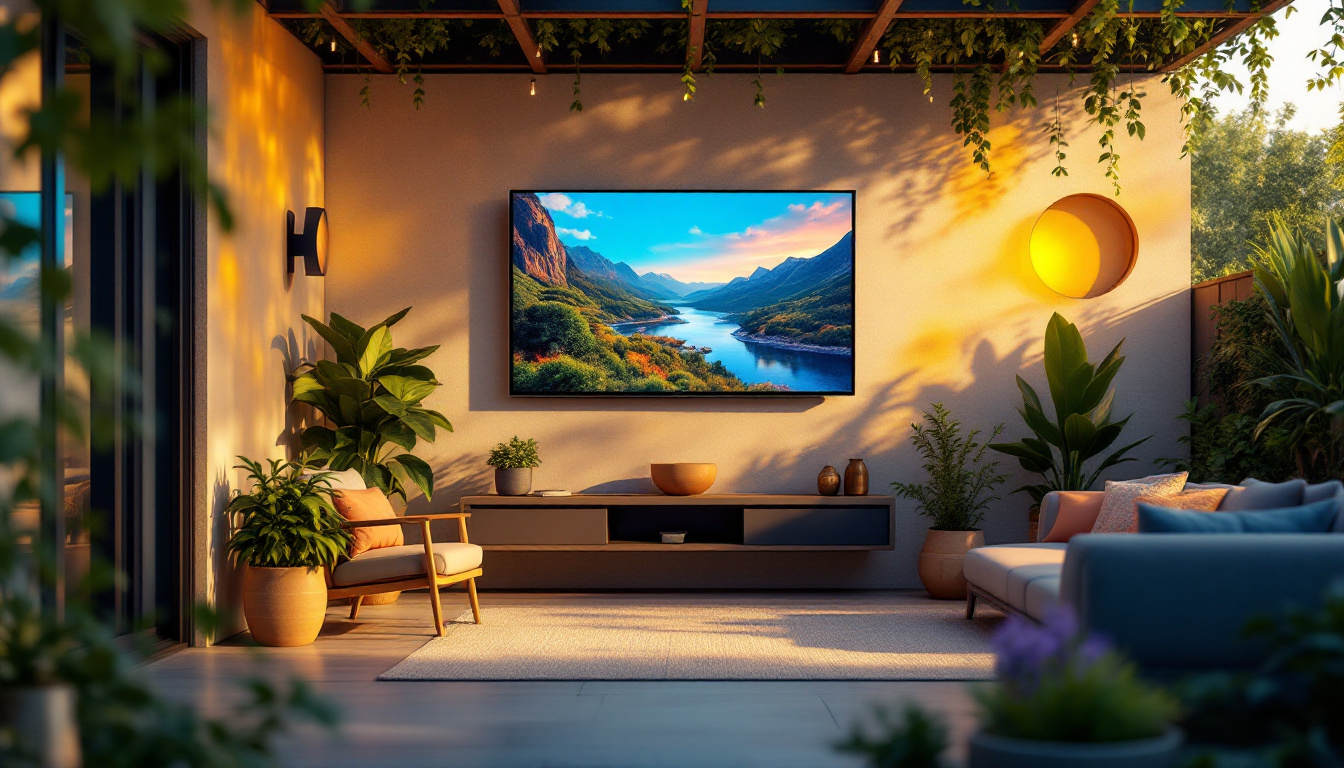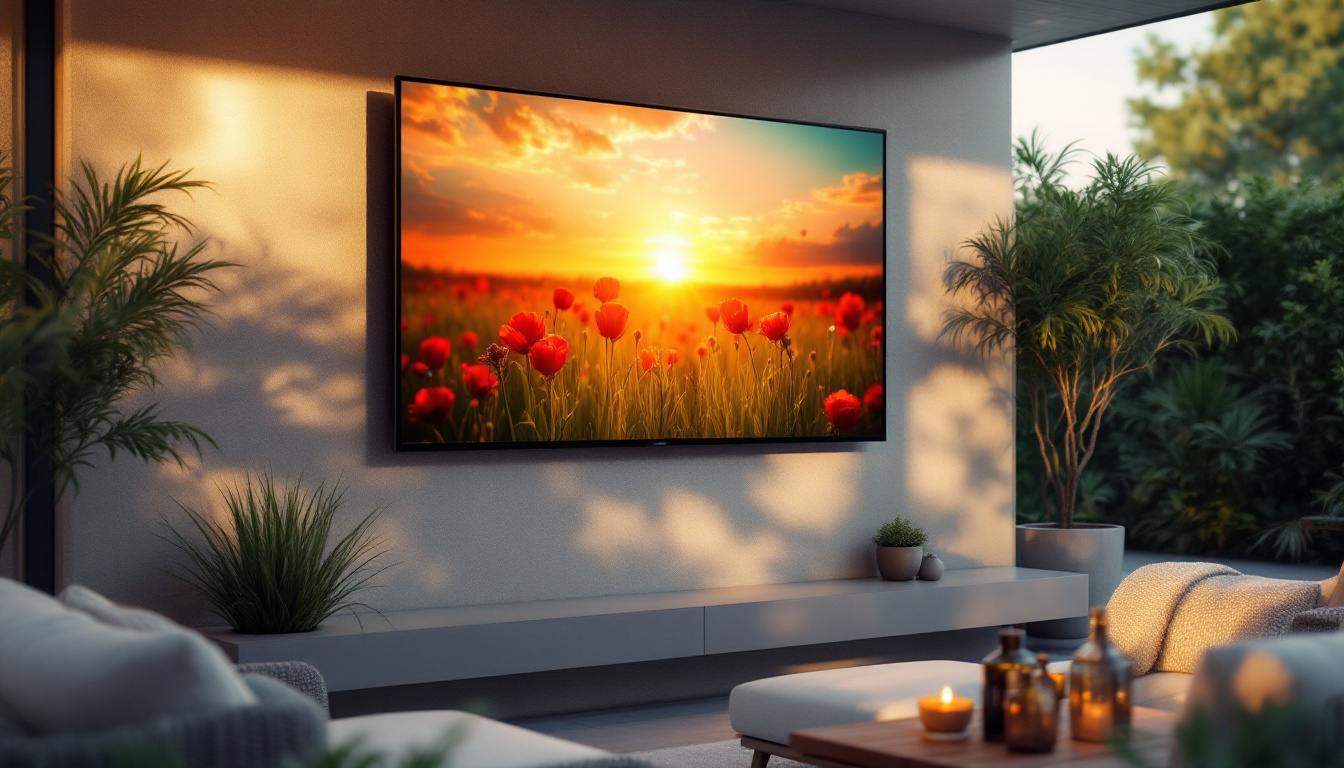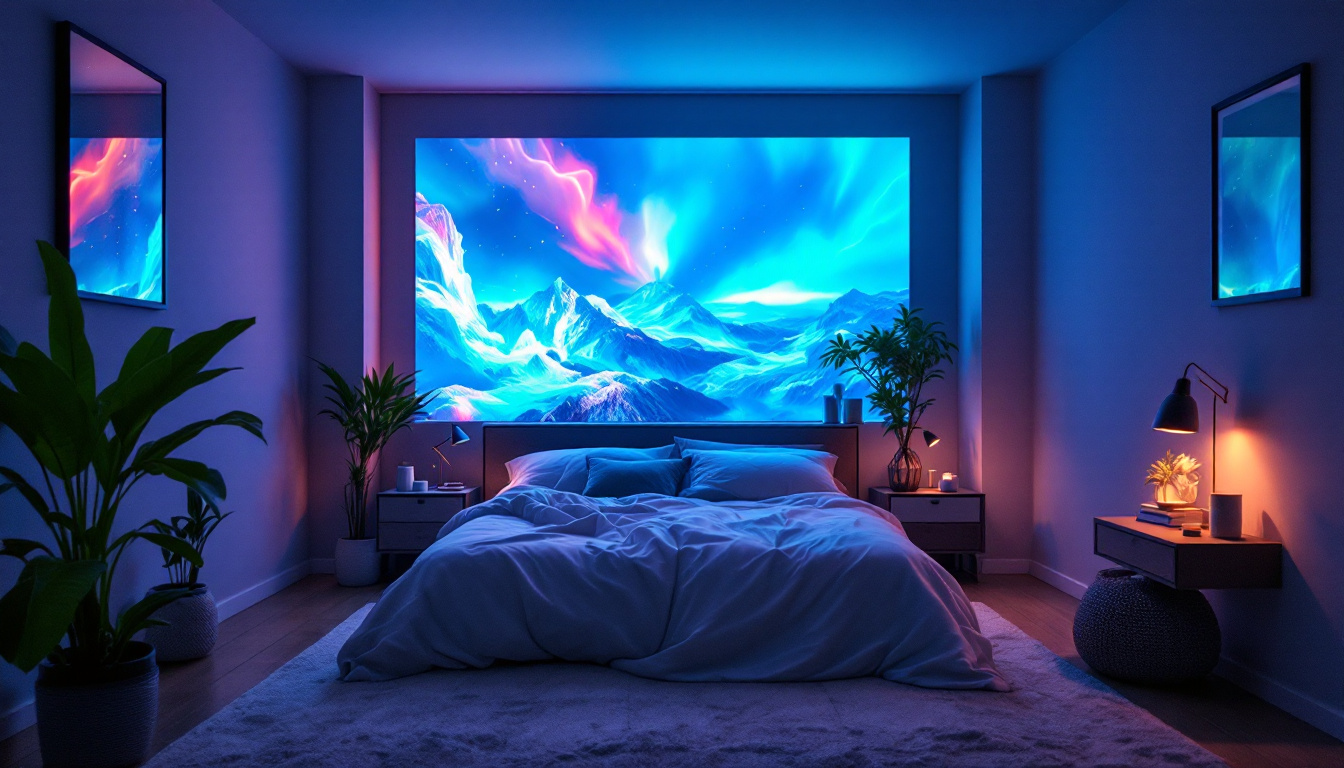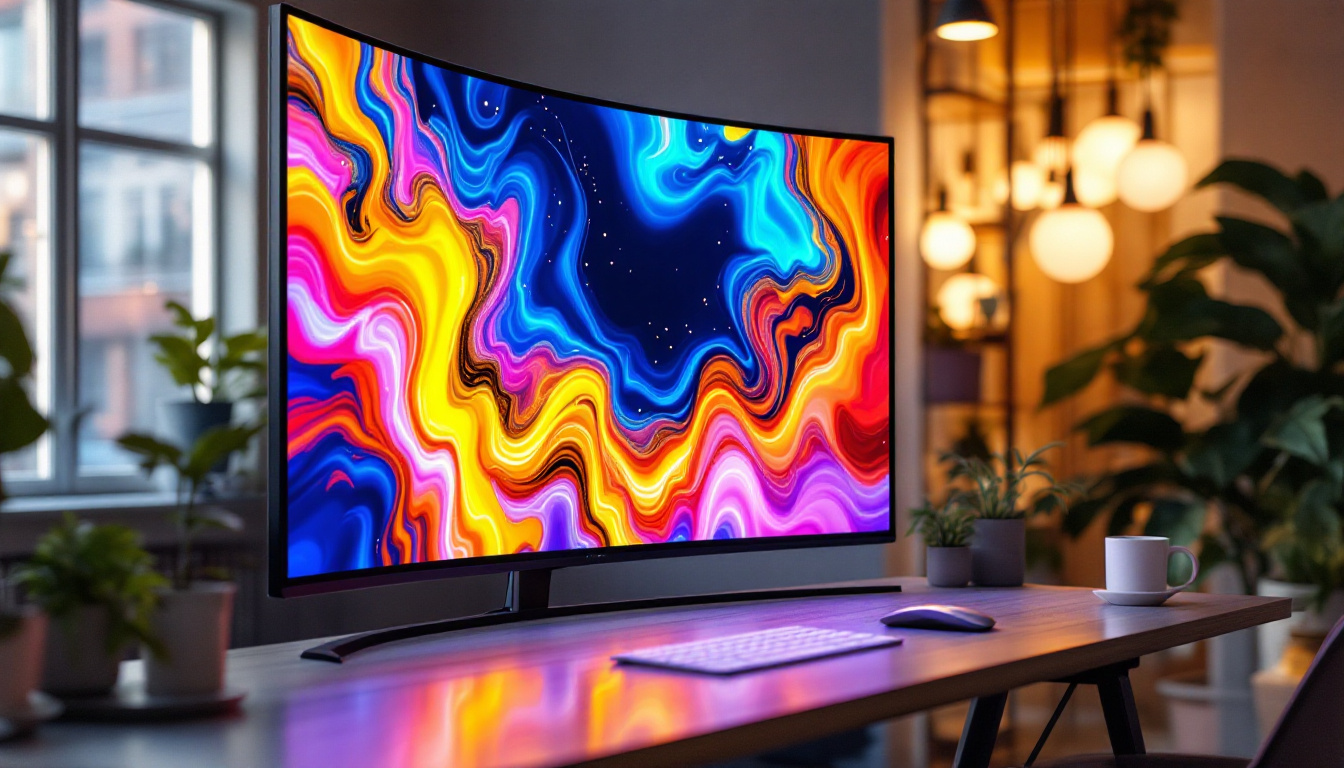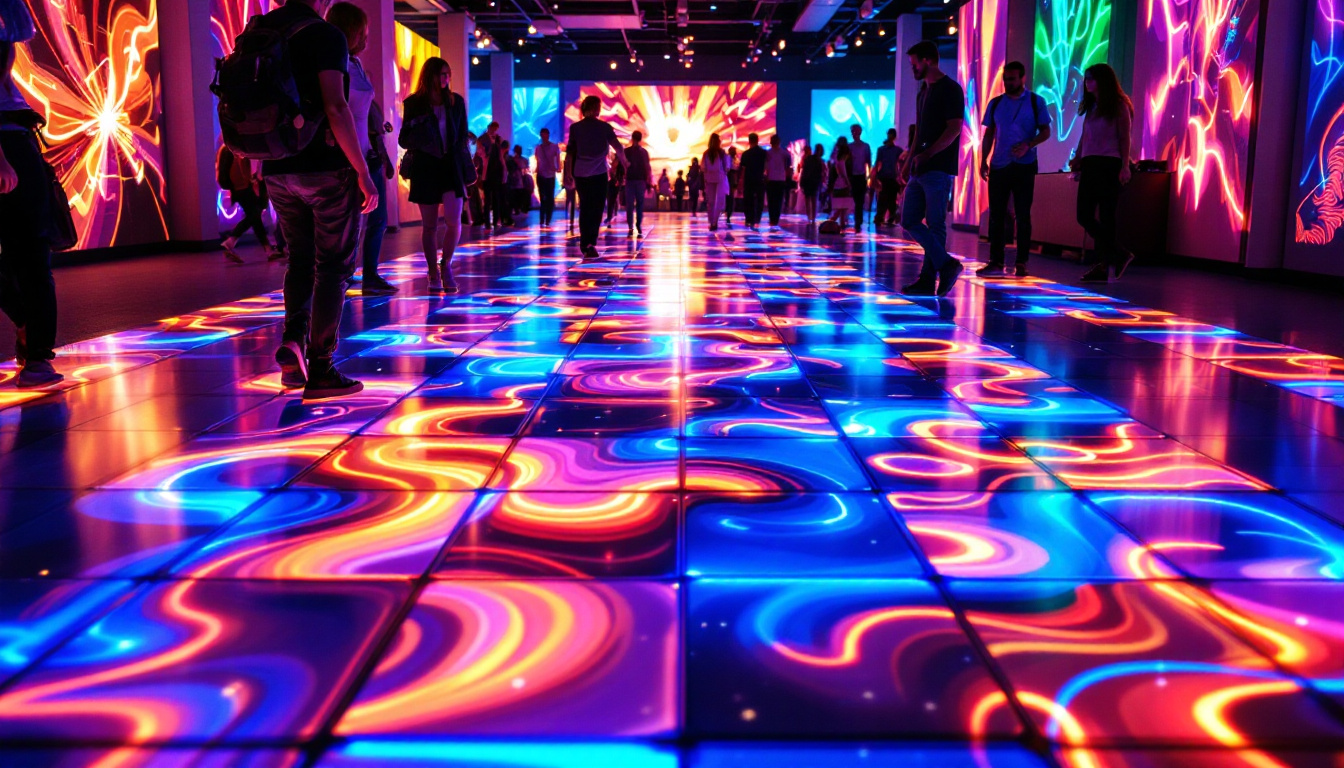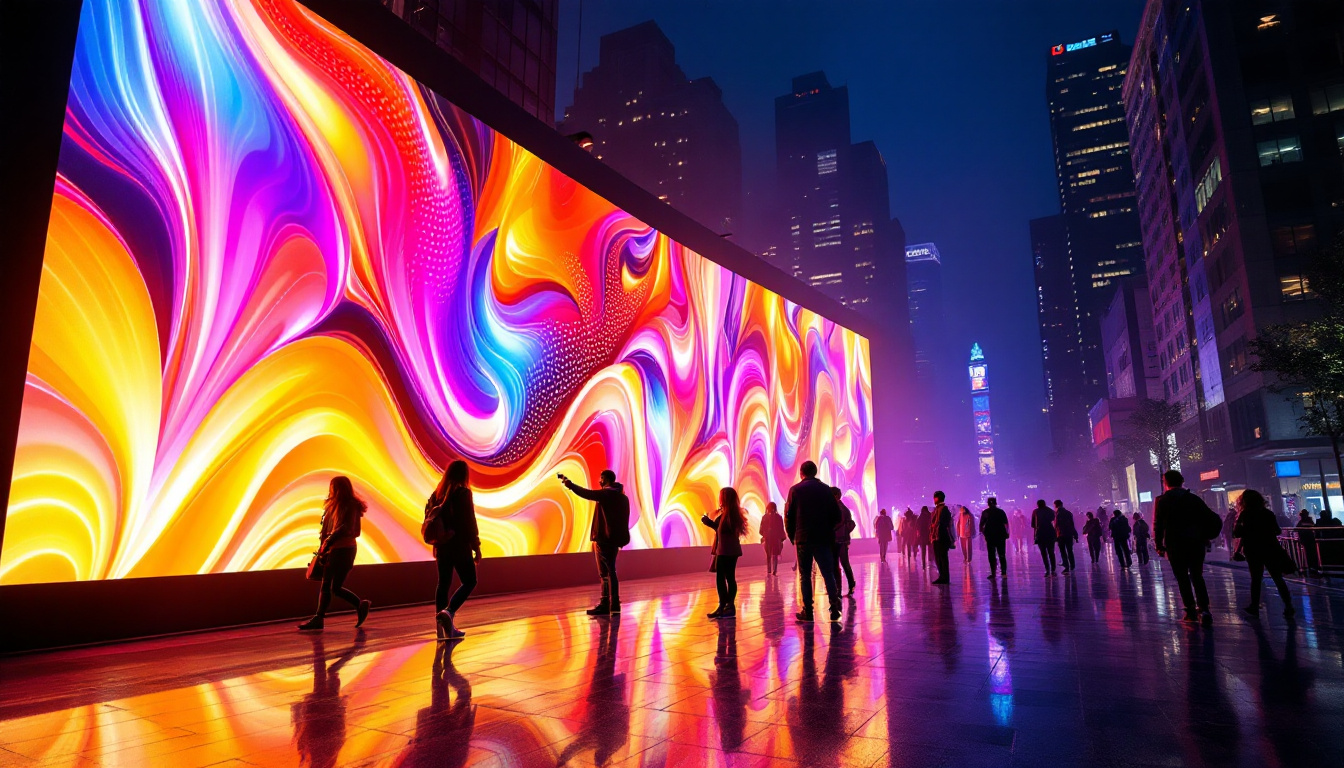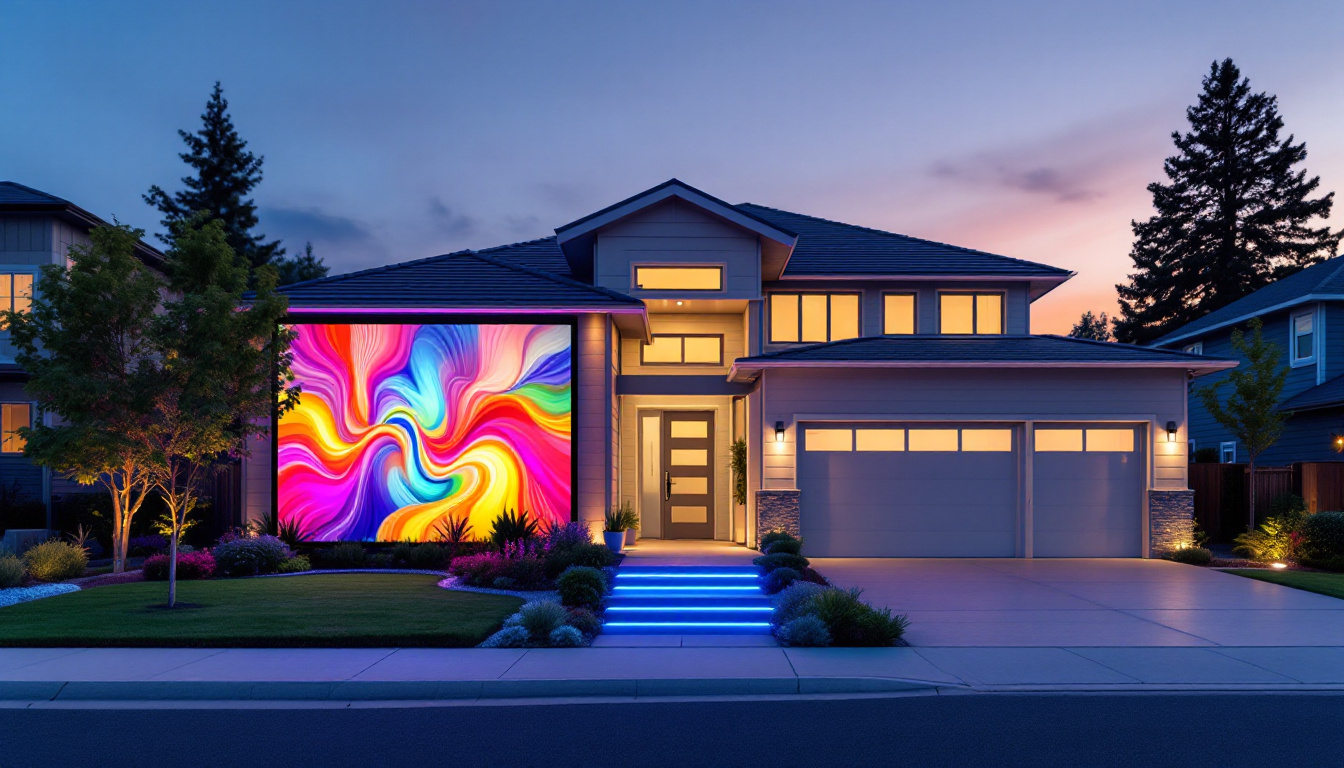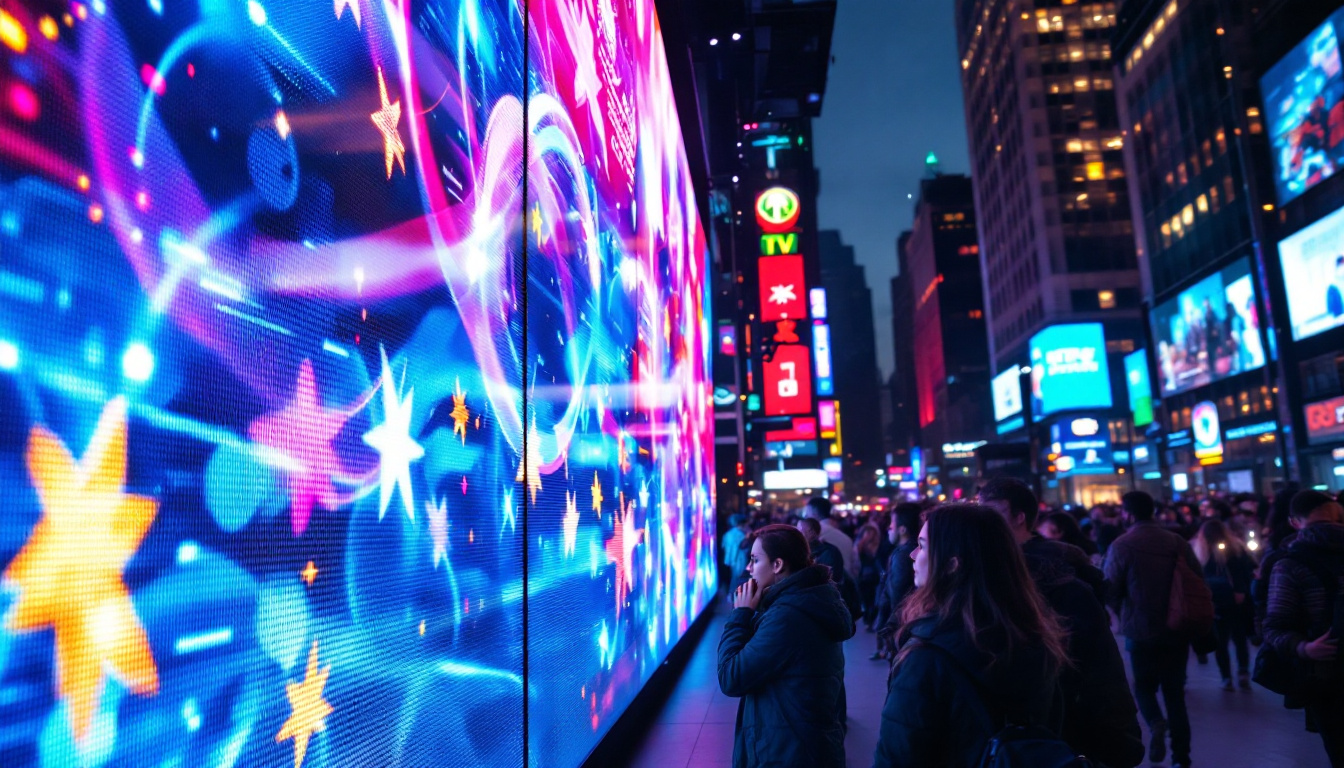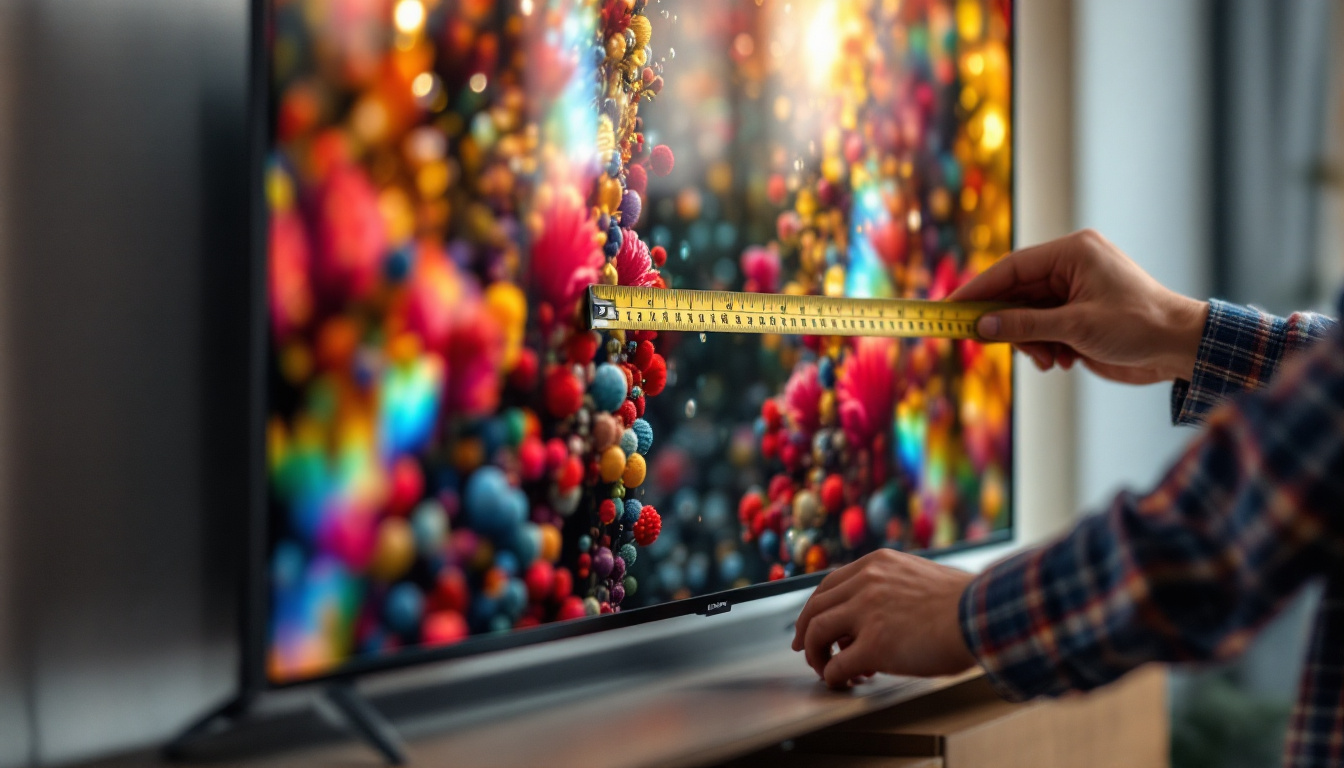How To Clean LED Screen: LED Display Explained
LED screens have become ubiquitous in our daily lives, found in everything from televisions and computer monitors to smartphones and digital signage. Their vibrant colors and sharp images make them a popular choice, but like any display technology, they require proper care and maintenance. This article will explore how to clean LED screens effectively while also providing insights into how LED displays work.
Understanding LED Displays
Before diving into the cleaning process, it’s essential to understand what an LED display is and how it operates. LED stands for Light Emitting Diode, a technology that uses semiconductor materials to emit light when an electric current passes through them. This technology is often used in various display types, including LCDs, OLEDs, and direct LED displays. LED displays have become increasingly popular due to their energy efficiency, longevity, and the vibrant colors they can produce, making them a preferred choice for everything from televisions to smartphones.
Types of LED Displays
LED displays can be categorized into several types, each with its unique characteristics:
- Direct LED: These displays use LEDs as the primary light source behind the LCD panel, providing better brightness and energy efficiency. This type is particularly favored in larger screens, such as those used in commercial displays, where uniform brightness is crucial.
- Edge-Lit LED: In this type, LEDs are placed around the edges of the screen, which can lead to thinner designs but may result in uneven brightness. While edge-lit displays are often more affordable, they may not deliver the same visual quality as direct LED displays, especially in darker scenes.
- OLED: Organic Light Emitting Diodes allow for deeper blacks and a wider color range since each pixel emits its light. This technology has revolutionized the display industry by offering superior contrast ratios and faster response times, making them ideal for high-definition content.
Understanding these types can help in determining the best cleaning methods, as different screens may have varying sensitivities to cleaning agents and techniques. For instance, OLED screens, while providing stunning visuals, often require more delicate handling to prevent screen burn-in or damage to the organic materials used in their construction.
How LED Displays Work
LED displays function by controlling the brightness of individual pixels to create images. Each pixel is made up of red, green, and blue subpixels, which combine to produce a full spectrum of colors. The ability to control these subpixels independently is what gives LED displays their sharpness and clarity. This pixel-level control not only enhances image quality but also allows for dynamic contrast adjustments, making it possible to display vivid colors even in challenging lighting conditions.
Because of this technology, cleaning methods must be chosen carefully to avoid damaging the delicate components of the screen. For example, using abrasive materials or harsh chemicals can scratch the surface or strip away protective coatings. It’s advisable to use microfiber cloths and gentle cleaning solutions specifically designed for electronics to maintain the integrity of the display. Moreover, understanding the specific requirements for each type of LED display can significantly extend its lifespan and maintain optimal performance, ensuring that the vibrant colors and sharp images remain intact for years to come.
Why Cleaning Your LED Screen is Important
Regular cleaning of LED screens is crucial for several reasons. Dust, fingerprints, and smudges can accumulate over time, affecting the clarity and overall viewing experience. Additionally, a clean screen can enhance the lifespan of the display by preventing the buildup of debris that might cause overheating or other issues. Moreover, in environments where screens are used frequently, such as offices or homes with children and pets, the need for routine maintenance becomes even more pronounced. A neglected screen not only detracts from visual enjoyment but can also harbor allergens and bacteria, posing health risks to users.
Impact on Image Quality
Dirty screens can lead to a significant reduction in image quality. Dust and fingerprints can cause glare and distort colors, making it difficult to enjoy movies, games, or presentations. Regular cleaning helps maintain the vibrant colors and sharpness that LED displays are known for. In addition, the presence of smudges can distract viewers during critical moments, whether in a business meeting or while watching a favorite film. For professionals who rely on precise color accuracy, such as graphic designers or photographers, a clean screen is essential for ensuring that their work is represented accurately and effectively.
Prolonging the Lifespan of Your Display
Maintaining a clean screen can also prolong the lifespan of the display. Dust and grime can accumulate in vents and other components, potentially causing overheating. By keeping the screen clean, users can help ensure that their devices operate efficiently and last longer. Furthermore, regular maintenance can prevent the need for costly repairs or replacements down the line. It’s also worth noting that many manufacturers recommend specific cleaning protocols to avoid damaging the screen, emphasizing the importance of using appropriate cleaning solutions and materials. Adhering to these guidelines not only protects the display but also enhances the overall viewing experience, ensuring that users can enjoy their screens to the fullest without compromising quality.
Essential Tools for Cleaning LED Screens
Before starting the cleaning process, it’s important to gather the right tools. Using the wrong materials can lead to scratches or damage. Here’s a list of essential tools for cleaning LED screens:
Microfiber Cloth
A microfiber cloth is the best choice for cleaning LED screens. Its soft texture prevents scratches while effectively removing dust and fingerprints. Avoid using paper towels or rough fabrics, as these can damage the screen.
Screen Cleaner Solution
While some people may opt for homemade solutions, it is advisable to use a cleaner specifically designed for electronics. These solutions are formulated to evaporate quickly and do not leave streaks. Always ensure that the cleaner is free from ammonia or alcohol, as these can harm the screen’s coating.
Compressed Air (Optional)
For those hard-to-reach areas, a can of compressed air can be useful. It helps in removing dust from crevices without physically touching the screen. However, care should be taken to use it sparingly and at a safe distance to avoid damage.
Step-by-Step Guide to Cleaning LED Screens
Now that the necessary tools are at hand, here’s a step-by-step guide on how to clean an LED screen effectively:
Step 1: Power Off the Device
Before cleaning, always turn off the device and unplug it. This not only ensures safety but also makes it easier to see dust and smudges on the screen. A powered-off screen will reveal imperfections that might be missed when the display is on.
Step 2: Dust the Screen
Using a dry microfiber cloth, gently wipe the screen in a circular motion. This will help remove loose dust and debris. Be sure to avoid pressing too hard, as this can cause damage. For stubborn dust in the corners, a can of compressed air can be used to blow it away.
Step 3: Apply Cleaner to the Cloth
If the screen has smudges or fingerprints, lightly spray the screen cleaner onto the microfiber cloth. Never spray the cleaner directly onto the screen, as this can lead to moisture seeping into the edges and damaging the display. Wipe the screen gently, using a circular motion to avoid streaks.
Step 4: Dry the Screen
After cleaning, allow the screen to air dry for a few moments. If any moisture remains, use a dry part of the microfiber cloth to gently buff the screen. This will help restore its shine and clarity.
Common Mistakes to Avoid When Cleaning LED Screens
While cleaning an LED screen may seem straightforward, there are common pitfalls that can lead to damage. Here are some mistakes to avoid:
Using Harsh Chemicals
Many household cleaners contain ammonia or alcohol, which can strip away the protective coatings on LED screens. Always opt for a cleaner specifically designed for electronics to avoid any potential damage.
Applying Too Much Pressure
Pressing too hard on the screen can lead to pixel damage or cracks. Always use a light touch when cleaning and let the cloth do the work.
Neglecting Regular Maintenance
Cleaning should not be a one-time event. Regular maintenance is key to preserving the quality of the screen. Establish a cleaning routine based on usage, such as weekly or bi-weekly cleanings, to keep the display in top condition.
Alternative Cleaning Methods
While the above methods are effective, there are alternative cleaning techniques that some users may find beneficial. Here are a few:
Using a Vinegar Solution
For those who prefer a natural cleaning solution, a mixture of equal parts distilled water and white vinegar can be used. Dampen a microfiber cloth with the solution and follow the same cleaning steps as before. This method is effective for removing grime without harsh chemicals.
Cleaning with a Steam Cleaner
Some users opt for steam cleaners to sanitize their screens. However, caution is advised. If using a steam cleaner, ensure that it is set to a low setting and maintain a safe distance from the screen to avoid moisture damage.
Professional Cleaning Services
If the screen is particularly large or valuable, such as in the case of commercial displays, hiring a professional cleaning service may be a wise investment. Professionals have the tools and expertise to clean without causing damage.
Conclusion
Cleaning LED screens is a simple yet essential task that can greatly enhance the viewing experience and prolong the life of the device. By understanding how LED displays work, gathering the right tools, and following the proper cleaning techniques, users can keep their screens looking pristine. Regular maintenance not only improves image quality but also ensures that devices operate efficiently for years to come.
In a world increasingly reliant on technology, taking the time to care for LED displays is a small but significant step toward preserving the quality of our devices. Whether it’s a television, computer monitor, or smartphone, a clean screen can make all the difference in enjoying the rich visuals that LED technology has to offer.
Discover LumenMatrix’s Advanced LED Display Solutions
Now that you understand the importance of maintaining your LED screens for optimal performance and longevity, it’s time to experience the pinnacle of LED display technology with LumenMatrix. As a pioneer in the field, LumenMatrix offers an extensive range of LED display solutions, from Indoor and Outdoor LED Wall Displays to innovative options like Vehicle LED Displays, LED Sports Displays, and even Custom LED Displays tailored to your needs. Elevate your visual communication and captivate your audience with our cutting-edge displays. Check out LumenMatrix LED Display Solutions today and transform your space into a dynamic visual experience.

